Fancy yoga poses – are they worth the risk?

Last time I was at my hairdresser’s, I read an article in some fashion magazine about Hilaria Baldwin, who is a yoga teacher and the wife of Alec Baldwin. She was getting a lot of heat for posting some images of herself in intricate yoga poses in all kinds of unexpected places: staircases, kitchen counter, bathtub, etc. This article was an interesting reflection of the debate that continuously goes on in yoga circles: should or shouldn’t yoga teachers post selfies of complex yoga poses? Is it about showing off their bodies or demonstrating the body’s full potential? Is it discouraging or inspirational for potential students? I’m sure you have an opinion about that. But today, I wanted to discuss the merits of those intricate yoga poses: do they help the practitioner or cause trouble?
In the eyes of an average Joe, yoga is usually associated with wrap-yourself-in-a-knot poses. Hence, the usual excuse for not practicing yoga: “I am not flexible enough.” This is understandable; we are surrounded by those images. I like to think of them as “show horse” yoga poses. It doesn’t mean that they don’t have benefits; it just means that they are fancy and intricate. Then there are “workhorse” yoga poses. Those are the poses that are not fun to put on the covers of magazines, yet they are instrumental in accomplishing whatever it is we want to accomplish in our yoga practice. Let’s take a closer look at those groups.
“Show horse” yoga poses 
These poses are
- More challenging, therefore will exclude many students from ever attempting them
- More extreme, require greater mobility in the joints, more flexibility and more strength
- More risky, especially for the vulnerable areas like the sacrum, lower back, neck, etc., and therefore require more preparation and compensation
- More fun, they give you a sense of accomplishment
- More likely to be a destination in and of themselves, rather than tools in accomplishing your goals.
Placing too many of those poses within one’s practice can have a destabilizing effect since your body gets pulled in multiple directions to the maximum extent. Somehow, we always forget the simple truth of physical stability: a deeper stretch is NOT always better.
“Workhorse” yoga poses
These poses are
- More useful for a wider range of students – pretty much anybody can do them
- Much more adaptable for a variety of needs
- Not nearly as risky, therefore do not require as much preparation
- More effective as tools in accomplishing your goals, not doing them for their own sake
These poses are less exciting to an inexperienced or superficial observer. Here, the fun comes from small details and adaptations that can completely change your experience of the pose or what area you are targeting. These poses form the backbone of the yoga practice. They give us an opportunity to practice “the internal intensity”: body awareness, attention to subtle details, presence of mind; as opposed to “the external intensity” of more difficult poses (the actual physical challenge).
“Workhorse” poses also serve as exceptional diagnostic tools. From the way somebody positions and moves her body you can get a staggering amount of information. For example, in this pose (Cat-Cow) I would be looking at all the areas listed below and proceed with the session based on the information that I gather.
I would also be looking at
- the connection between breath and movement
- breathing pace
- ease of the inhalation relative to the exhalation
- understanding of the pose
- body awareness
- ability to follow instructions, etc.
The simplest poses usually give us the most information about what’s going on, and working with those poses can help us correct the imbalances that we identify.
Every pose we offer to our students needs to be approached from the standpoint of “risk vs. benefit.” In more intricate poses, the risk often outweighs the benefit, and in simpler ones, it’s usually the other way around.
There is nothing wrong with attempting the more difficult postures – they have their place. But those need to be like sprinkles on the cupcake – used in moderation. Otherwise we get yoga practitioners and yoga teachers who look beautiful while performing their routines, but live in constant pain. And who wants that?!
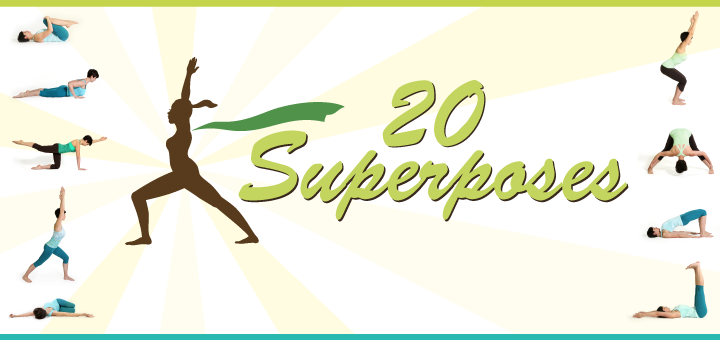
Certain yoga poses can be described as “superposes” because they carry incredible “nutritional value” for our bodies. What makes a pose a “superpose”? Surprisingly, it is not the difficulty or intricacy of body part arrangement or even the strength or uber-stretchiness that one needs to exhibit to do them.

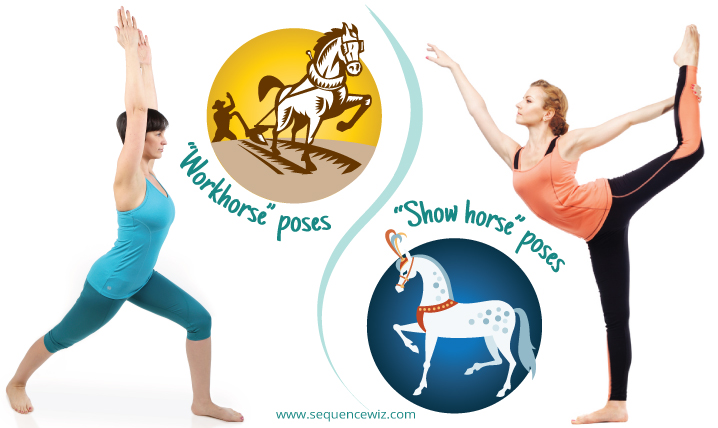

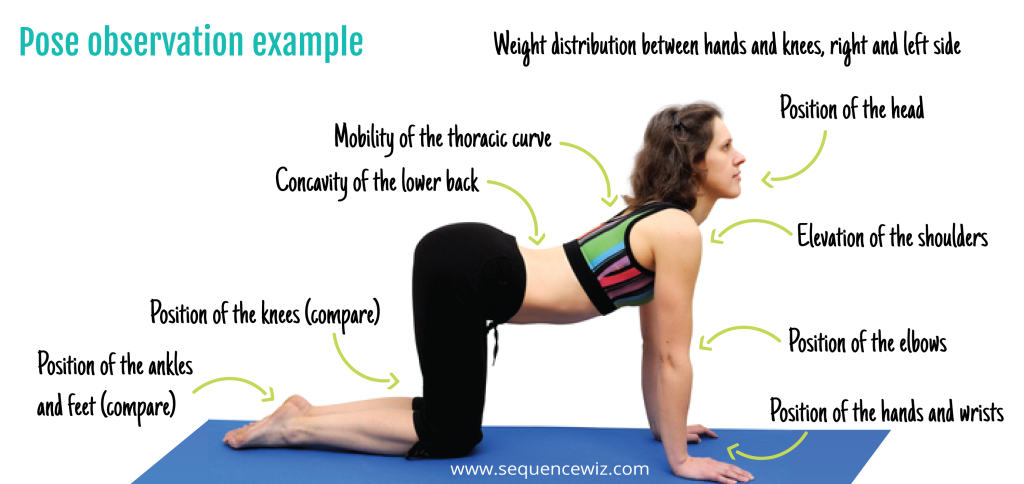

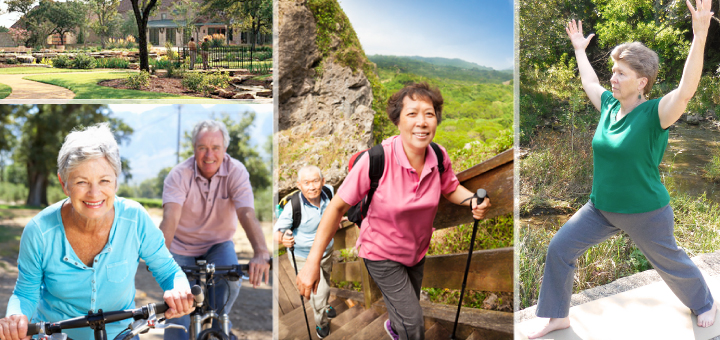
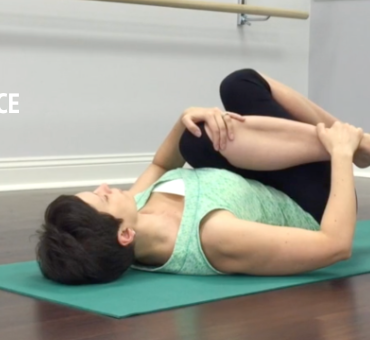
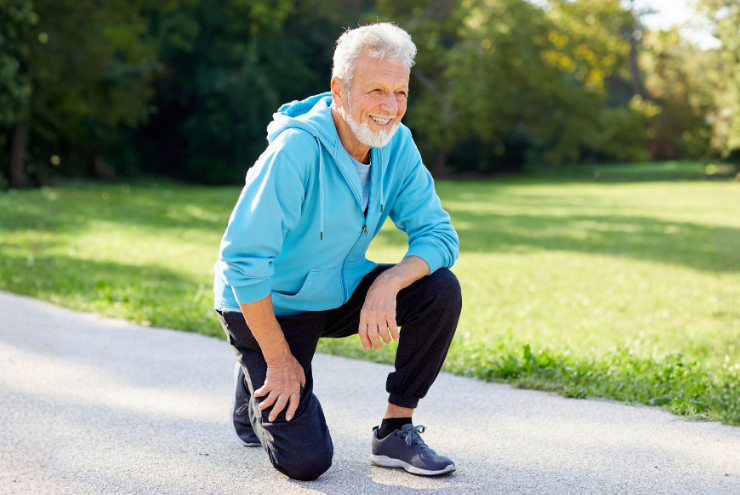
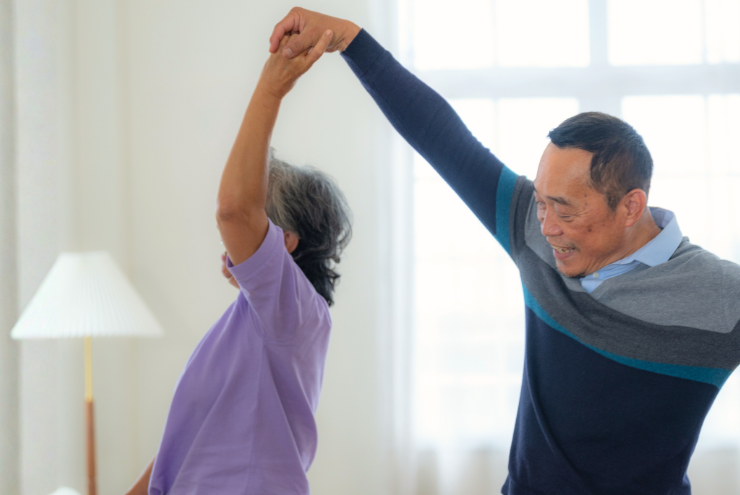
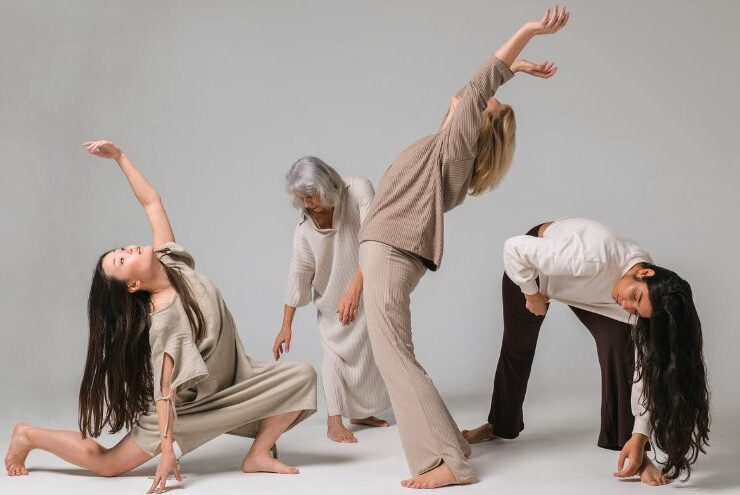
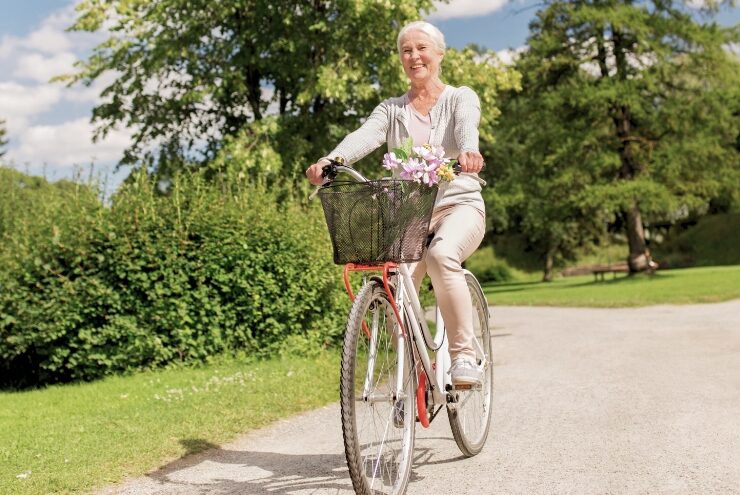


Great article, blog post. I am in my late 60’s and I have been dropping, or not attempting, poses from my practice that are acrobatic and gymnastic. The dropped poses also includes head stand and shoulder stand.
Great to hear Ed! Don’t give in to peer pressure 🙂
Thanks for the reminder. So many posts on Facebook or social media are showing more advanced poses that not only can do injury but I think put a lot of average people off even trying yoga because they think that is what it is all about. I know I started pushing too hard last year and ended up with an injury…a timely reminder to connect with and know my body.
Thank you for your comment, Kim! Sorry to hear about your injury. I hope the time will come when progress in yoga is not measured by how physically advanced our practice is, but by how aware we are of ourselves, including our limitations…
Awesome article! Being new to yoga, I have to admit that it is a little discouraging, (and at the same time motivating), to view some of these difficult, if not unattainable poses! On the positive side, it has given me the opportunity to work on ego and be totally fine with the pose I manage to obtain! I even did a class last week where I spent much of the class in child’s pose just because I needed to! So every time I view one of these incredible poses I will remind myself that this is a journey and I am content in my progress!
That’s great Scott! And you get to decide what “progress in yoga” means to you.
That is what my yoga teacher teaches me to during our teacher training. She teaches us to identify the postures that carries a lot of benefits to our body and the ones that are just cool to show to your neighbours. While I’m a yoga teacher and sometimes I do find arm balances fun and do them occasionally, the bulk of my teachings is essentially about using the most basic (workhorse) postures (with some variations) to go deeper into practice.
I learn from my dance experience on how much pressure and risks it is to strain one body excessively. Just because it is called yoga does not give us the rights to strain our body excessively. Thanks for writing this article, sharing it 😀
Thank you for your comment Wing! In fact, if it’s called yoga it should be a bit more reflectively self-conscious. Love your site, by the way, you bring up some good points (especially the one on the yoga myths 🙂
I am an instructor and have been practicing (not teaching) at a newer studio recently. One of the students came out of class the other night and said to the instructor, who is also the studio owner, “I’d like to work on headstand. We didn’t work on it in the beginners class.” The instructor/owner said she’d be happy to work with the student after class next time. The student then said, “I’m not afraid of falling and hurting myself; I used to be a dancer and fell all the time.”
I don’t know this student, but with an attitude like that, I would be sure NOT to work on headstand with her. It sounded to me like she was in Instagram Love with sirsasana. Leave the ego off the mat, people! 🙂
Thank you Jen! I honestly wonder sometimes why some yoga practitioners feel the need to torture themselves. According to Patanjali, “avoidable suffering must be avoided”, isn’t that a wonderful principle to live by? 🙂 P.S. I had a private client at one point who came to me wanting to master headstand, and over time he did. It was a wonderful, liberating experience for him that translated into the rest of his practice. But I cannot see “working on it after class”, this kind of stuff requires serious preparation.
I’ve been practicing yoga for almost 5 months now at least twice a week. I can do some of the poses with ease and sometimes challenge with inversions. I can only do assisted handstand and scorpion. Yoga has taught me to listen to my body and learn one step at a time. One day, I’ll be able to do those inversions without assistance.
Congrats Rhon! I am so happy to hear that you emphasize listening to your body and learning one step at a time! To me that is the sign of real progress in yoga!
Your website is treasure. Thanks for sharing the light! Blessings &Love
Thank you so much Alexandra!